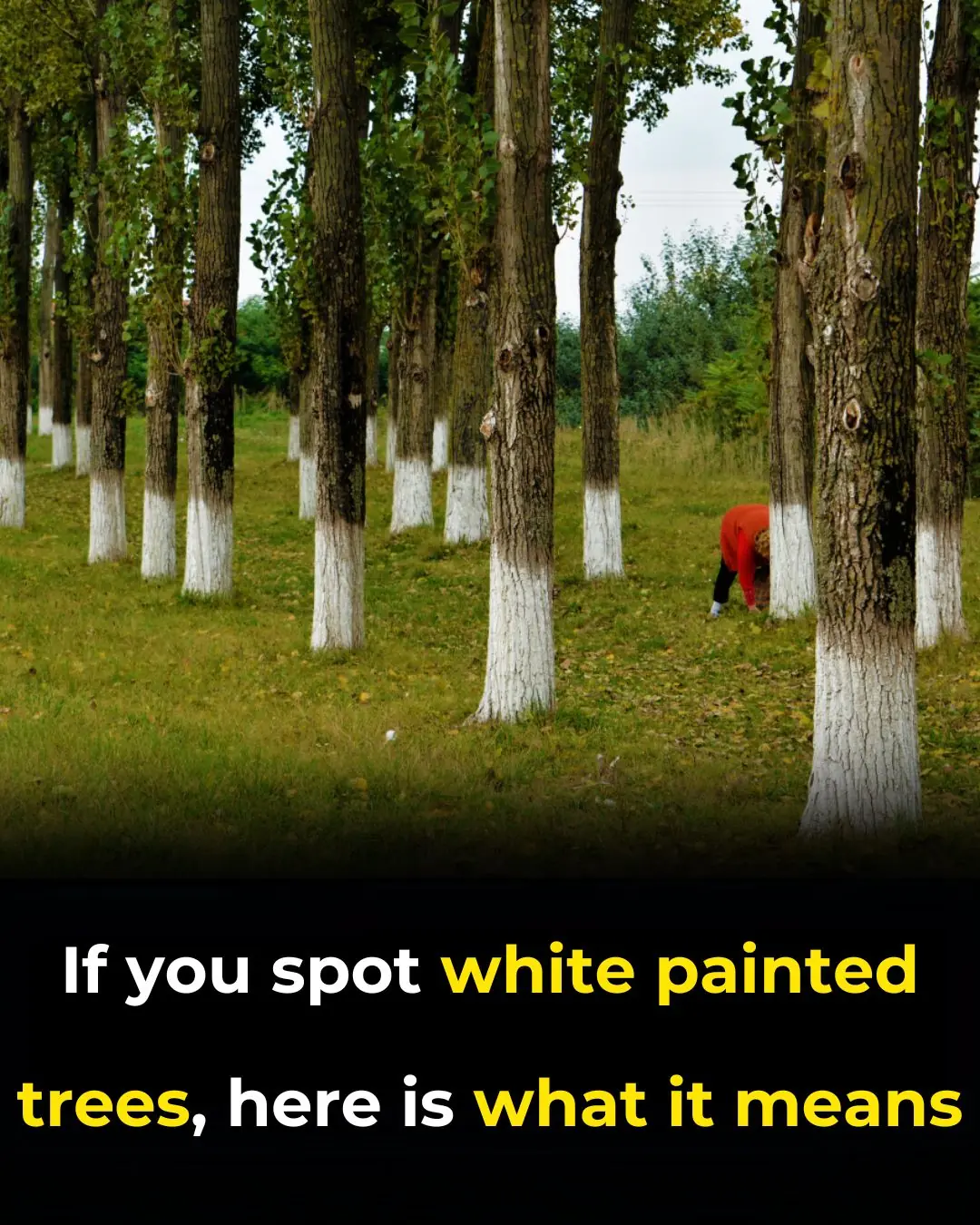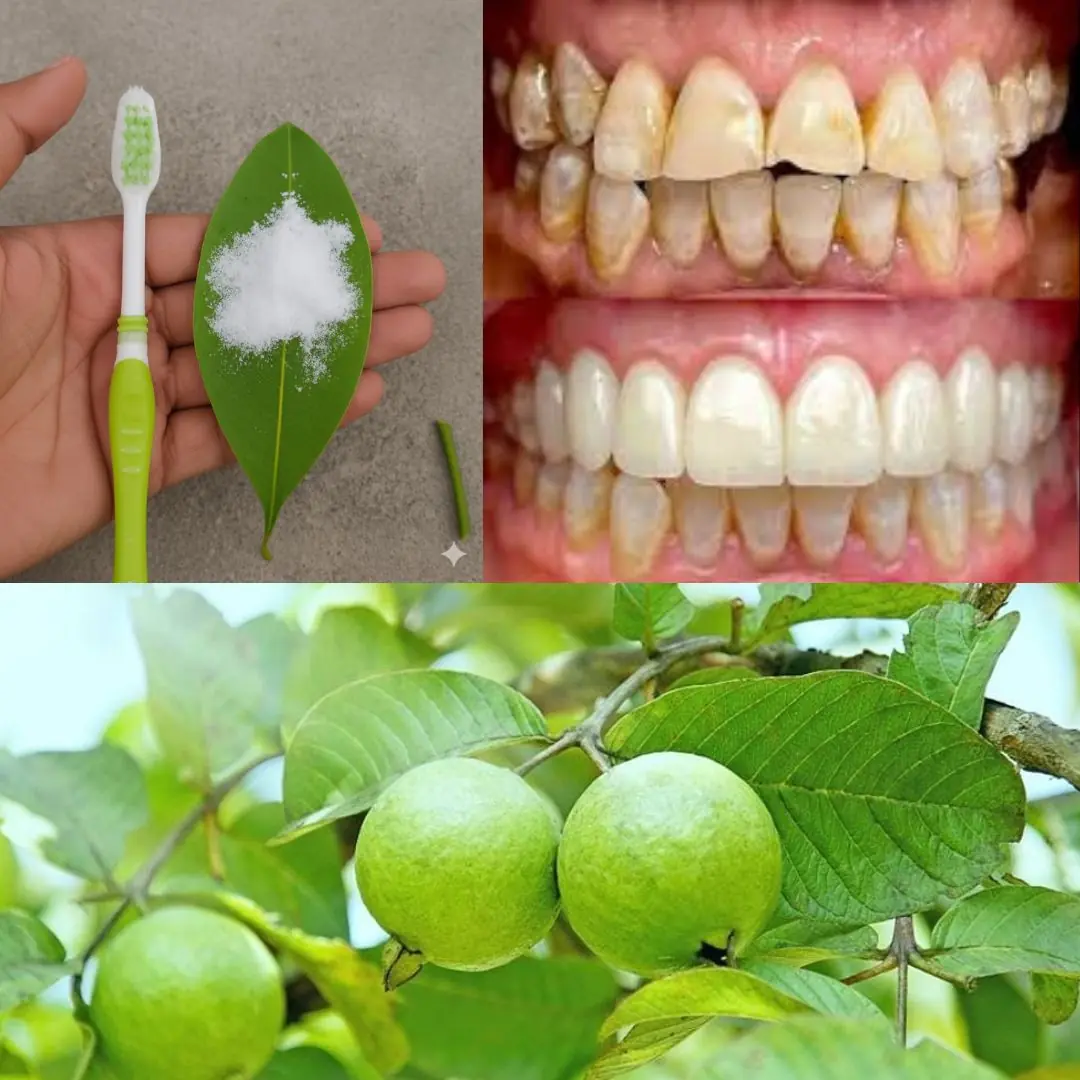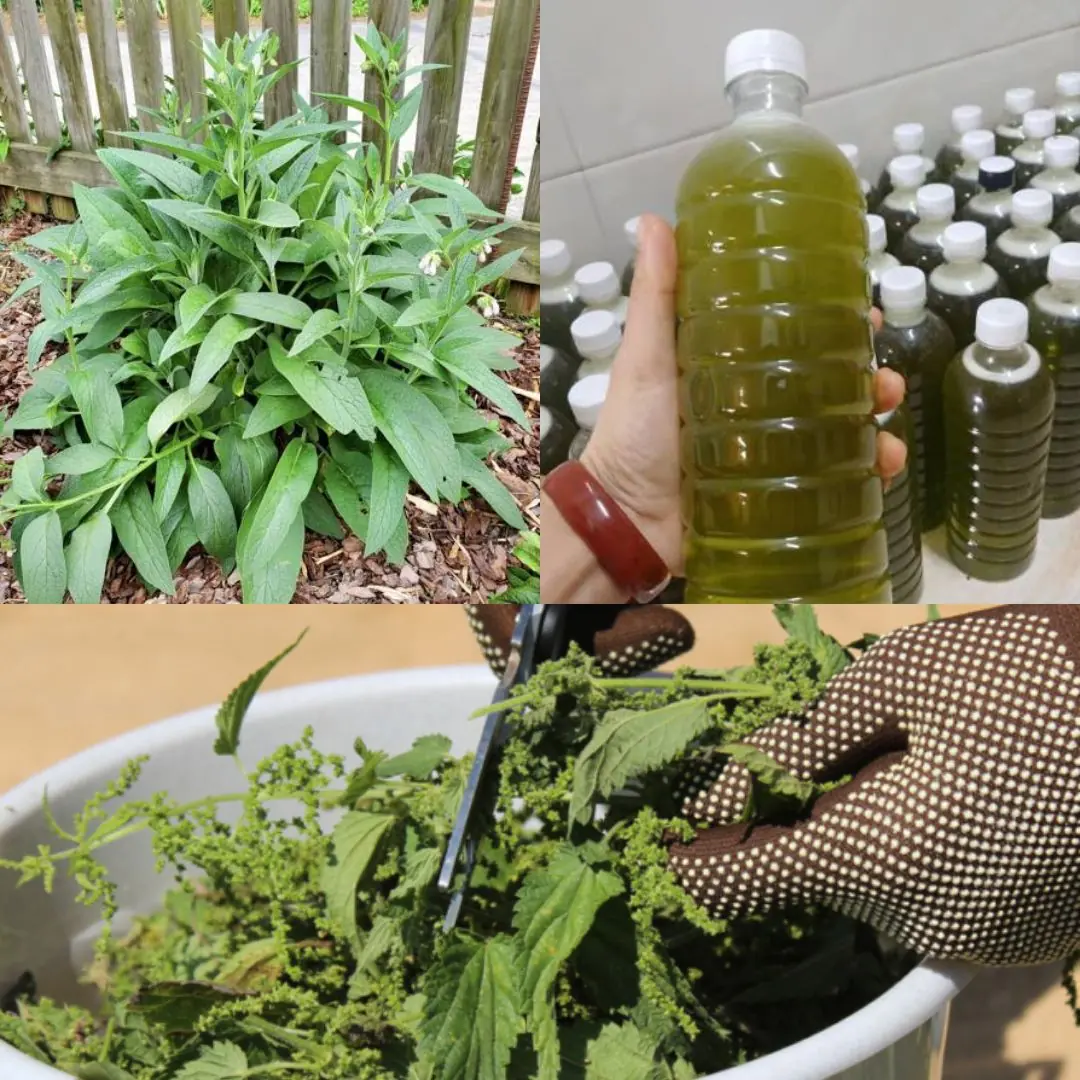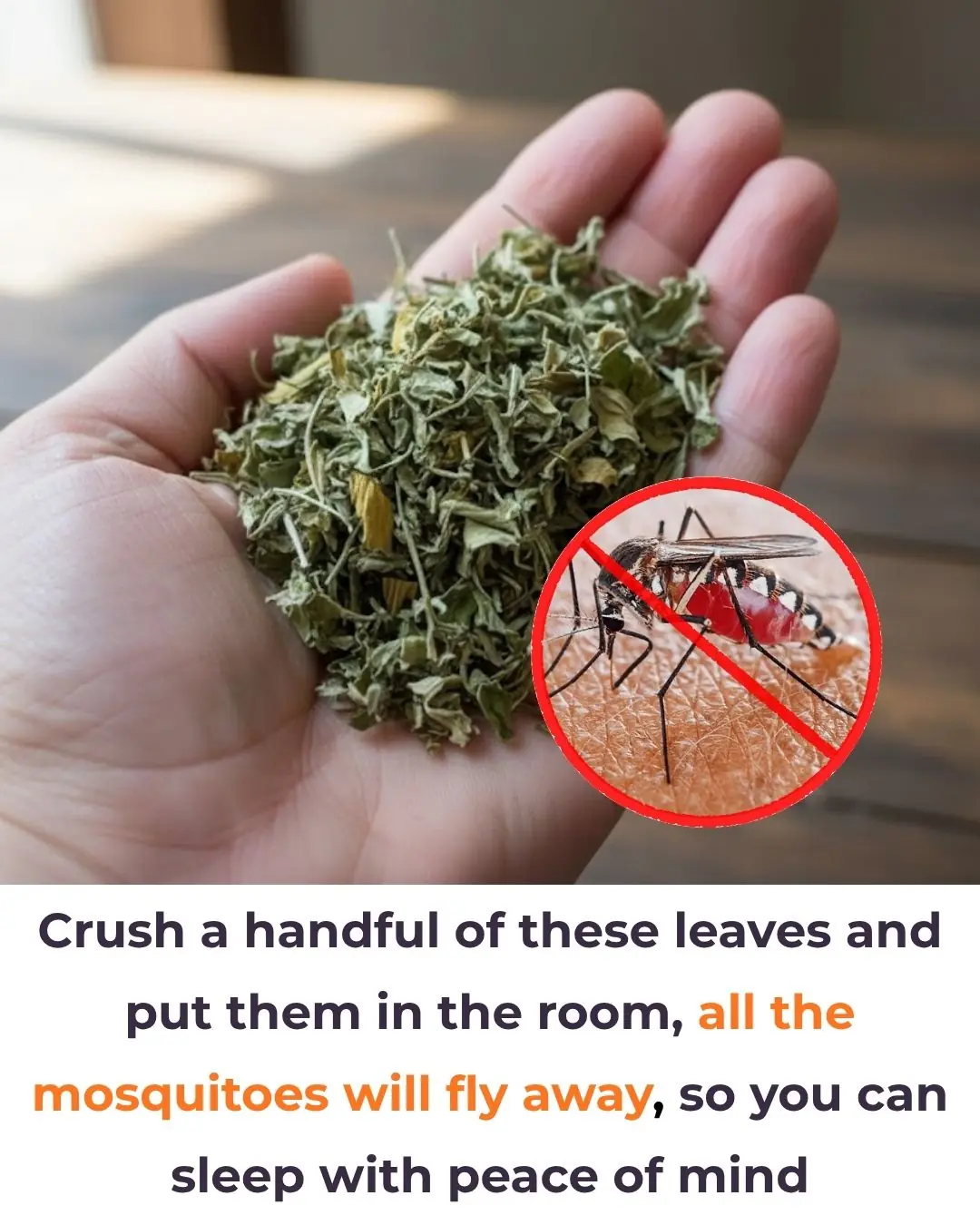
What’s the Reason Behind Painting Trees White?
Why Some Trees Are Painted White — The Hidden Science Behind a Common Sight
Nature bursts with color wherever we look. Forests, gardens, and parks are a living palette — from the soft pink of cherry blossoms to the golden hues of maple leaves in autumn and the deep green of evergreen pines. Yet, among this vibrant diversity, you might have noticed something curious: trees with white-painted trunks. Unlike birches, which naturally have pale bark, these trees are painted by humans. But why?
The Main Reason: Protection from Sunscald
If you’ve ever walked through an orchard or suburban neighborhood and spotted trees with their lower trunks coated in white paint, you’ve witnessed an ancient yet practical horticultural technique. The main purpose? To protect the tree’s bark from “sunscald” — a type of sunburn for trees.
Sunscald typically happens during late winter or early spring, when bright sunlight warms the bark during the day, only for freezing temperatures to strike again at night. These rapid temperature swings cause the tree’s outer bark to expand and contract unevenly, leading to cracking, peeling, or splitting. Once damaged, the bark can no longer effectively protect the inner layers, making the tree vulnerable to disease, fungal infections, and insect infestations.
Painting the trunk white helps reflect sunlight, keeping the bark cooler and preventing those harmful temperature fluctuations. It’s a simple, low-cost method of shielding trees from a problem that many homeowners never realize exists.
“This type of painting is usually done on young, thin-barked residential trees or in orchards,” explains Christopher Evans, an extension forestry and research specialist at the University of Illinois Urbana-Champaign. “The white paint helps moderate daytime heating of the bark and reduces the risk of sunscald.”
In other words, the practice is like giving trees a coat of sunscreen — one that helps them survive their most vulnerable years.
Why It’s Especially Important for Young Trees
Younger trees, particularly those with thin, smooth bark like fruit trees, are much more susceptible to temperature stress. Mature trees develop thicker, more textured bark that naturally resists cracking. For this reason, white-paint protection is generally a temporary measure, used only until the tree matures enough to handle changing weather on its own.
Farmers and orchard owners often apply this treatment annually to apple, peach, or citrus trees. In commercial orchards, a line of neatly white-painted trunks not only protects the crop but also gives a distinctive, well-kept appearance that many associate with professional care.
Other Reasons Trees Are Marked or Painted
Not all tree markings are about sun protection. Sometimes, paint on a tree tells a story — one that only foresters, arborists, or city workers might understand.
“Paint marks trees in a subtle way,” says Ken Fisher, assistant forester for the Boulder Parks and Recreation Department. “Many people don’t even notice, but it alerts our contractors to the specific tree in question. We’ve been using paint dots for around 25 years, so some trees might have several dots.”
Here are some common meanings behind tree markings:
-
White paint – Often for sunscald protection or to identify protected wildlife habitats.
-
Red or orange paint – Indicates a tree scheduled for removal, pruning, or treatment.
-
Blue paint – May signify trees preserved for conservation or habitat studies.
-
Purple paint – In many U.S. states, this marks private property boundaries, serving as a legal “no trespassing” sign.
-
White rings or symbols – Sometimes denote trees housing endangered species, such as the red-cockaded woodpecker in the southern United States.
On hiking trails, painted blazes (often in blue, yellow, or white) also guide hikers or mark environmental study areas. However, because there’s no national standard, paint colors and meanings vary from one region or organization to another.
How to Properly Paint a Tree Trunk
Painting trees might sound simple, but doing it the wrong way can harm the tree. The key lies in choosing the right type of paint.
Experts recommend a water-based latex paint diluted with water — typically one gallon of paint mixed with four to five quarts of water. This allows the bark to breathe while still reflecting sunlight. The paint should be applied with a brush, not sprayed, to ensure even coverage and better adherence to the bark.
Avoid oil-based paints, which can seal the bark’s surface and suffocate the tree by preventing oxygen exchange. Organic or non-toxic paints are best, especially for fruit-bearing species.
If rodents are an issue, mixing in a mild rodent repellent or applying a separate protective coating can prevent gnawing damage during winter.
A single coat is usually enough, though in regions with extreme weather conditions, an annual touch-up may be necessary.
Fun fact: In some rural communities, the practice of whitewashing tree trunks also doubles as a cultural or aesthetic tradition — symbolizing cleanliness, care, and renewal, especially before festivals or planting seasons.
Does It Really Work?
The effectiveness of tree-painting has been debated among arborists. While some argue that proper planting, mulching, and watering provide sufficient protection, others maintain that painting remains one of the easiest and cheapest preventive measures available for young trees exposed to direct sunlight.
Studies show that painted trunks can reduce bark surface temperature by up to 10–15°F (5–8°C) compared to unpainted trees on sunny winter days — a significant difference that can mean survival versus injury for delicate bark.
The Bigger Picture: Caring for Trees in a Changing Climate
As global temperatures fluctuate more dramatically, the simple act of painting tree trunks could become increasingly relevant. Extreme weather events — from intense sunlight to sudden freezes — can stress even resilient species. Techniques like whitewashing, once limited to orchards, may become part of broader urban forestry strategies to protect trees in unpredictable climates.
Ultimately, the white paint on a tree trunk isn’t just a curious sight — it’s a quiet symbol of human stewardship. It reflects our growing understanding that even the smallest acts, like a coat of paint, can help living things thrive in a challenging world.
Final Thoughts
Next time you stroll past a tree with a white-painted base, take a closer look. Beneath that pale coating lies a story of protection, adaptation, and care — a reminder that sometimes, nature and human ingenuity work hand in hand. Whether guarding against sunscald or marking a path through the woods, those white rings tell us one thing clearly: we are learning to see and safeguard the living world a little more wisely.
News in the same category


Choose a Potion

The Meaning Behind the WC Toilet Sign

Trump Claims Tariffs Ended Six Wars: The Politics Behind His Latest Foreign Policy Assertion

Scientists Catch Grumpy Cat of the Himalayas on Camera for the First Time

Most people will go their entire lives without ever knowing what the microwave ring cover is actually for

The reason behind children not visiting their parents

Backlash Grows After Trump’s Dismissive Comment to Female Journalist

Scientists Just Won a Nobel Prize for Discovering How to Stop Your Immune System from Attacking You

The Purpose of the Overflow Hole in Your Sink You Never Knew

The reason behind children not visiting their parents

Powerball Winner Turns $2 Billion Fortune Toward Rebuilding Fire-Ravaged L.A. Homes

The Astonishing Claim That Humans Might Be Built for 20,000 Years

Signs Your Adult Child May Resent How You Raised Them

What’s the Reason Behind Painting Trees White?

When ants randomly crawl into the house, here's what the Universe is trying to tell you

6 things in the house that reveal a messy woman

What it means to let your gray hair grow and not dye it, according to psychology
News Post

A Hug That Heals: Rescuing a Traumatized Child

Compassion on the Menu: Argentinian Restaurant Gives Stray Dogs a Place to Belong

Stranded on the Highway — and Then 9 Strangers Changed Everything.

A Long Push, A Quiet Kindness.

Top 3 Natural Remedies for Tooth Decay Using Guava Leaves

Life Skills in Action: How a 14-Year-Old Saved the Day on a Family Road Trip

The Gift of Life: How Blood Donations Save Children Fighting Cancer

The Secret to Perfectly Sweet and Fluffy Boiled Sweet Potatoes: Add Just One Spoon of This!

Surviving the ICU: Carter’s Story of Strength and Grace

A Night to Remember: 19-Year-Old Austin Takes His 89-Year-Old Great-Grandma to Prom

How to Store Fresh Ginger for Up to a Year — No Fridge Needed!

Our Oldest Rescue, Tiger, Crosses the Rainbow Bridge: A Legacy of Love and Hope

Halo’s Second Chance — A Promise of Forever

Why should you put your suitcase in the bathroom when checking into a hotel: Extremely important reason, those who don't know are at a disadvantage

The washing machine accumulates a lot of dirt and bacteria: Pour 1 bowl of this into the washing drum to clean like new, clothes smell fresh right away

Put the phone down on the table, why you should put the screen face down: Know the reason no one wants to do the opposite

Comfrey Fertilizer: The Secret Natural Booster Your Garden Needs

Crush a handful of these leaves and put them in the room, all the mosquitoes will fly away, so you can sleep with peace of mind

Don’t Just Put Shrimp Straight into the Fridge! Do This Extra Step and Keep Shrimp Fresh and Delicious for Up to a Month Without Losing Flavor
